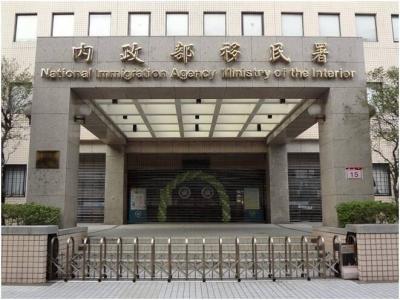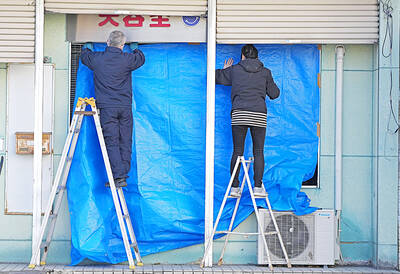Chinese People’s Liberation Army Air Force aircraft on Friday afternoon flew over the sea southwest of Taiwan, the Ministry of National Defense said.
An unspecified number of Chinese H-6 bombers at about 4pm flew over the region before entering the Bashi Channel between Taiwan and the Philippines, the ministry said in a statement.
Soon after entering the Bashi Channel, the bombers returned to an unspecified base through the same route, the ministry said.
The ministry said that it monitored the flights closely with its advanced joint surveillance system, and reported no irregular action from the aircraft.
China has carried out an increasing number of drills near Taiwan since President Tsai Ing-wen (蔡英文) first took office in 2016.
On Feb. 9 and Feb. 10, China also dispatched aircraft on a flight mission near Taiwan, the ministry said.
In those incidents, the ministry said it observed Chinese J-11 fighters, KJ-500 early warning and control aircraft and H-6 bombers flying over the Bashi Channel and into the Western Pacific Ocean, before returning to their bases via the Miyako Strait, between Japan’s Miyako and Okinawa islands, to the northeast of Taiwan
On Feb. 10, several Chinese aircraft briefly crossed the median line of the Taiwan Strait and entered Taiwan’s airspace, but retreated to the western side of the line after the military dispatched F-16s and other military aircraft to meet them and issue radio warnings, the ministry said.
After the incident, the US on Feb. 12 dispatched two B-52 Stratofortress bombers on southward flights off Taiwan’s east coast, while an MJ-130J Commando II multi-mission combat transport plane flew over the Taiwan Strait, also heading south.
On Feb. 16, the US sent the USS Chancellorsville south through the Taiwan Strait.

A small number of Taiwanese this year lost their citizenship rights after traveling in China and obtaining a one-time Chinese passport to cross the border into Russia, a source said today. The people signed up through Chinese travel agencies for tours of neighboring Russia with companies claiming they could obtain Russian visas and fast-track border clearance, the source said on condition of anonymity. The travelers were actually issued one-time-use Chinese passports, they said. Taiwanese are prohibited from holding a Chinese passport or household registration. If found to have a Chinese ID, they may lose their resident status under Article 9-1

Taiwanese were praised for their composure after a video filmed by Taiwanese tourists capturing the moment a magnitude 7.5 earthquake struck Japan’s Aomori Prefecture went viral on social media. The video shows a hotel room shaking violently amid Monday’s quake, with objects falling to the ground. Two Taiwanese began filming with their mobile phones, while two others held the sides of a TV to prevent it from falling. When the shaking stopped, the pair calmly took down the TV and laid it flat on a tatami mat, the video shows. The video also captured the group talking about the safety of their companions bathing

PROBLEMATIC APP: Citing more than 1,000 fraud cases, the government is taking the app down for a year, but opposition voices are calling it censorship Chinese Nationalist Party (KMT) Chairwoman Cheng Li-wun (鄭麗文) yesterday decried a government plan to suspend access to Chinese social media platform Xiaohongshu (小紅書) for one year as censorship, while the Presidential Office backed the plan. The Ministry of the Interior on Thursday cited security risks and accusations that the Instagram-like app, known as Rednote in English, had figured in more than 1,700 fraud cases since last year. The company, which has about 3 million users in Taiwan, has not yet responded to requests for comment. “Many people online are already asking ‘How to climb over the firewall to access Xiaohongshu,’” Cheng posted on

A classified Pentagon-produced, multiyear assessment — the Overmatch brief — highlighted unreported Chinese capabilities to destroy US military assets and identified US supply chain choke points, painting a disturbing picture of waning US military might, a New York Times editorial published on Monday said. US Secretary of Defense Pete Hegseth’s comments in November last year that “we lose every time” in Pentagon-conducted war games pitting the US against China further highlighted the uncertainty about the US’ capability to intervene in the event of a Chinese invasion of Taiwan. “It shows the Pentagon’s overreliance on expensive, vulnerable weapons as adversaries field cheap, technologically